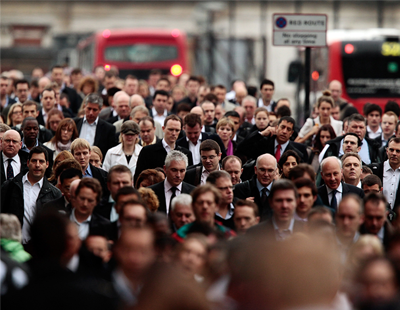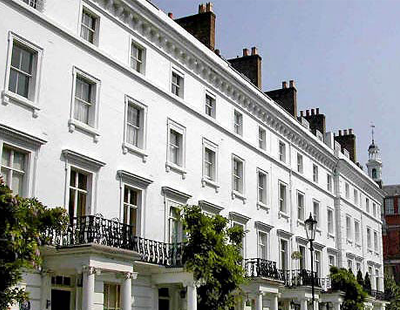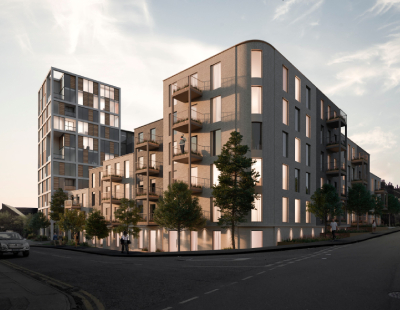The trend for Londoners moving to outer city areas continues, with agencies reporting a surge in enquiries from city dwellers for areas on the outer edges of the capital.
But have they fled to the traditional commuter belt, or are we seeing the emergence of a ‘new’ commuter belt?
UK developer SevenCapital looked at Land Registry house price transaction data across the peak of lockdown to uncover which areas are winning and which have taken a hit.
Based on price, growth and distance from London, Bracknell Forest took the number one spot. The town’s popularity has subtly increased over recent years, with a £270 million revamp of the town centre, coupled with its location at the heart of the South East tech-triangle boosting desirability.
Homeowners in Bracknell are likely to have seen the price of their property increase on average by just under £10,000 in the three months from March to June.
Harlow took the second spot. With a slightly lower price point than Bracknell, in monetary value the average house price here has risen by around £1,400 less than in Bracknell. By percentage, however, it’s seen the highest increase of all areas researched.
Located to the north east of London, Harlow is well-connected to the capital, Stansted Airport and Cambridge, while also benefitting from a £450 million investment by the public sector with Public Health England’s relocation to the town.
At the highest end of the scale by average house price, the attractive and traditionally expensive town of St Albans has long been a popular area for both investors and homeowners due to its mix of good schools, distance from London and local amenities. House prices here rose by more than £12,800 on average during lockdown.
Meanwhile, perhaps one of the most expected towns in the results, long-term commuter favourite Sevenoaks took fourth place with house prices increasing by 2.29% – up by more than £10,000 during lockdown. The area is located in the popular county of Kent, served by a commuter mainline train into London.
Basingstoke completed the top five. The furthest away from the capital, Basingstoke’s appeal has been gaining pace for many years. In 2015 it was rated the third fastest-growing town in the UK and seventh-most affluent. Then in 2017 it was crowned Thames Valley Town of the Year. House prices here grew by 2.10% during the nationwide lockdown.
At the bottom end of the table, it was mainly towns at the higher end of the price scale which saw the biggest fall in prices – with the surprising exception of Luton. SevenCapital speculates this impact might be due to the challenges currently facing the aviation industry.
Andy Foote, director at SevenCapital, comments: “As a result of lockdown and a transition to working from home, we know we’ve had a London exodus with people favouring commuter areas on the outskirts. What we’ve seen is an increased focus on those commuter areas that are perhaps a little further out than people might have previously considered and certainly to those areas which are typically surrounded by greenery.”
“The key reasons these areas have proven popular from the outset, though, are that each offers a lower cost of living; with the exception of St Albans the property is far more affordable than London and they all still offer a good connection into the capital for those times when a trip to the office is required.”
He adds: “It’s unfortunate to see which areas have taken a hit, however when you consider what the key trades are for those areas – universities in Oxford and Cambridge, airlines in Luton, it’s easy to see perhaps why they would logically take a hit. Once the industries recover however, I totally expect to see these negative figures reverse.”








.jpeg)
.png)

.jpg)








Join the conversation
Be the first to comment (please use the comment box below)
Please login to comment